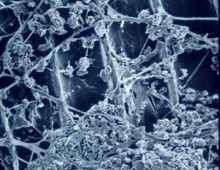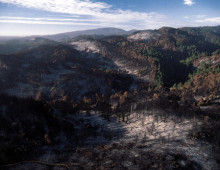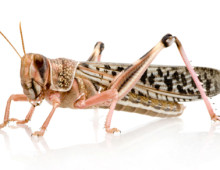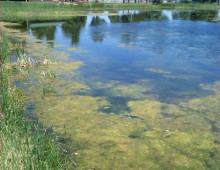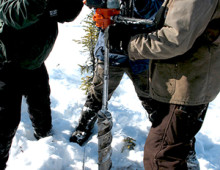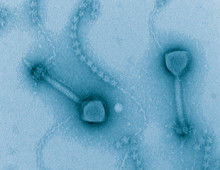Why Sequence Chlamydomonas by New Methods?
Chlamydomonas is a well studied model organism for which microarray gene expression data and the nuclear genome sequence are available. Still, our knowledge of gene expression is limited, since microarray technology is not ideal for detecting low-abundance mRNAs and small changes in gene expression. Sequencing an organism that has such a set of genomic resources… [Read More]
